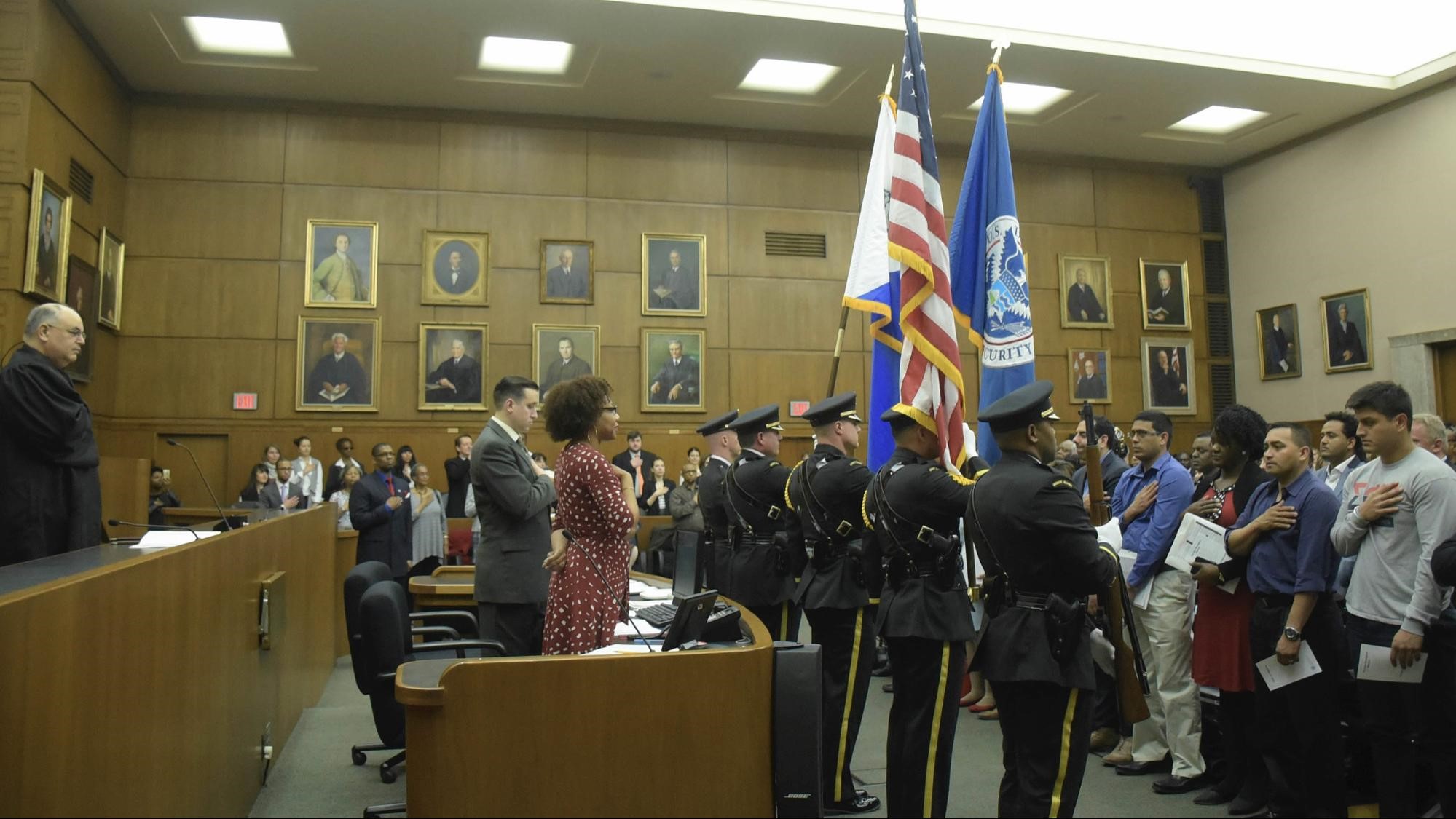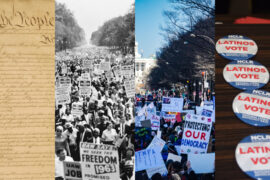This month, the Trump administration ordered immigration officials to remove Coronavirus (COVID-19) advisory signage from federal courtrooms. Although the Department of Justice eventually reversed their decision, a coalition of immigration judges claimed the president’s actions put public health at risk.
The Centers for Disease Control’s (CDC) “Stop the Spread of Germs” and “Symptoms of Coronavirus Disease 2019” were ordered to be removed from all immigration courtrooms by Department of Justice officials (DOJ).
The National Association of Immigration Judges’ (NAIJ) decision to encourage immigration judges to post public health warnings in their courtrooms focused on mitigating Coronavirus spread. The posters promote responsible hygiene practices, like washing your hands and practicing social distancing when possible.
But officials of the Executive Office for Immigration Review (EOIR), which falls under the Department of Justice, penned a letter demanding that the posters be taken down. “Per our leadership, the CDC flyer is not authorized for posting in the immigration courts. If you see one (attached), please remove it,” Christopher Santoro, EOIR Deputy Chief Immigration Judge, wrote.
Legal experts were shocked by the decision to remove the courts’ CDC signage. “It’s irresponsible and potentially disastrous,” Danielle C. Jefferis, California Western Law professor, said. “And to what end? To risk the spread of what all signs point to a highly infectious disease so that people in proceedings can’t show up to court? It’s inexcusable.”
While the growing Coronavirus pandemic continues to grip the world, over 8,000 confirmed cases and 143 deaths have been reported across the United States as of March 18, 2020.




